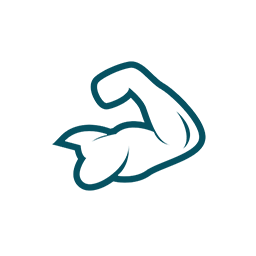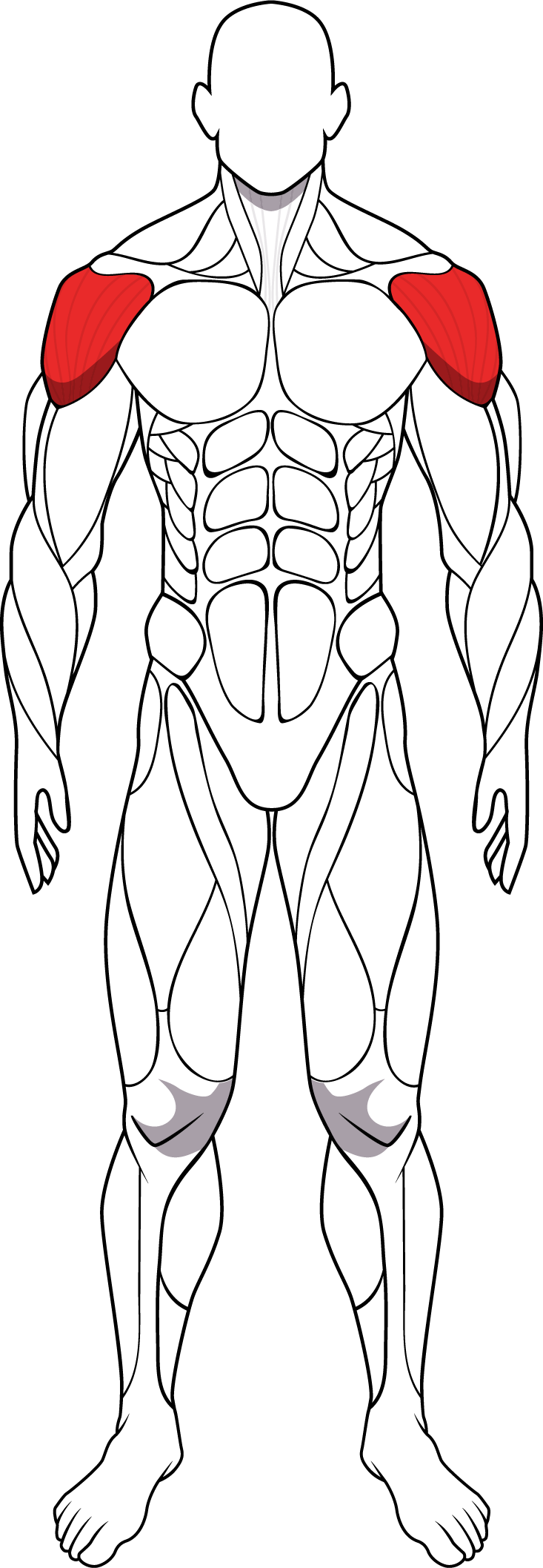The supraspinatus is a muscle located in the upper back and shoulder region. It is one of the four muscles that make up the rotator cuff, a group of muscles and tendons that stabilize and support the shoulder joint. The other muscles in the rotator cuff group are the infraspinatus, teres minor, and subscapularis.
The supraspinatus is a muscle located in the upper back and shoulder region. It is one of the four muscles that make up the rotator cuff, a group of muscles and tendons that stabilize and support the shoulder joint. The other muscles in the rotator cuff group are the infraspinatus, teres minor, and subscapularis.
Here are some key points about the supraspinatus muscle:
Anatomy: The supraspinatus originates from the supraspinous fossa of the scapula (shoulder blade), which is a depression located above the spine of the scapula. It runs underneath the acromion (the bony projection at the top of the shoulder) and inserts onto the greater tubercle of the humerus (upper arm bone).
Function: The primary function of the supraspinatus is to initiate and assist with abduction of the arm, which involves lifting the arm away from the body. It is particularly active in the first 15 degrees of abduction and works with the deltoid muscle to continue the movement. The supraspinatus also helps stabilize the head of the humerus in the glenoid cavity of the shoulder joint.
Exercises: Exercises that target the supraspinatus include shoulder abduction exercises with resistance bands or dumbbells. Additionally, rotator cuff exercises such as external rotation and scapular stabilization exercises can help strengthen and support the supraspinatus.
Injury: The supraspinatus is a common site of injury in the shoulder, particularly in athletes or individuals who perform repetitive overhead movements. Tendonitis and tears are the most common injuries to this muscle, which can lead to shoulder pain and weakness.
The supraspinatus is an important muscle for shoulder function and stability. Proper warm-up, strengthening, and stretching can help maintain the health of the supraspinatus and reduce the risk of injury.
Here are some key points about the supraspinatus muscle:
Anatomy: The supraspinatus originates from the supraspinous fossa of the scapula (shoulder blade), which is a depression located above the spine of the scapula. It runs underneath the acromion (the bony projection at the top of the shoulder) and inserts onto the greater tubercle of the humerus (upper arm bone).
Function: The primary function of the supraspinatus is to initiate and assist with abduction of the arm, which involves lifting the arm away from the body. It is particularly active in the first 15 degrees of abduction and works with the deltoid muscle to continue the movement. The supraspinatus also helps stabilize the head of the humerus in the glenoid cavity of the shoulder joint.
Exercises: Exercises that target the supraspinatus include shoulder abduction exercises with resistance bands or dumbbells. Additionally, rotator cuff exercises such as external rotation and scapular stabilization exercises can help strengthen and support the supraspinatus.
Injury: The supraspinatus is a common site of injury in the shoulder, particularly in athletes or individuals who perform repetitive overhead movements. Tendonitis and tears are the most common injuries to this muscle, which can lead to shoulder pain and weakness.
The supraspinatus is an important muscle for shoulder function and stability. Proper warm-up, strengthening, and stretching can help maintain the health of the supraspinatus and reduce the risk of injury.


